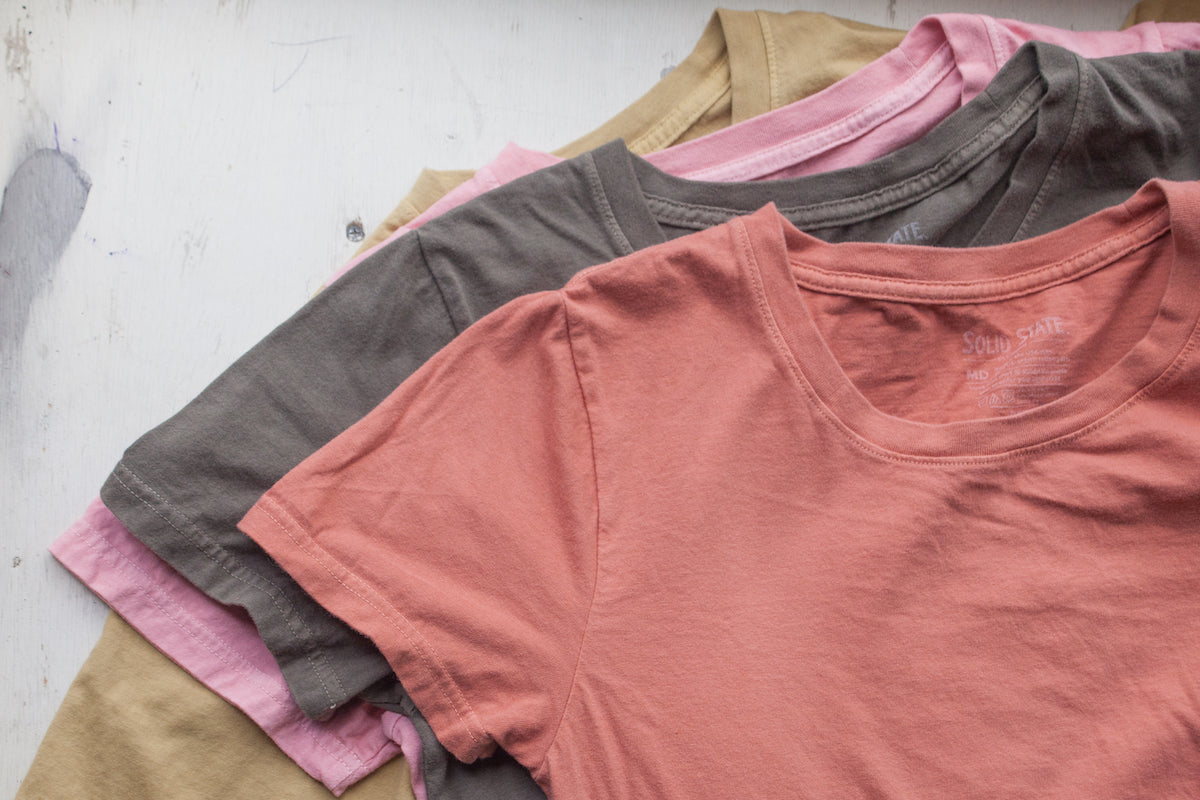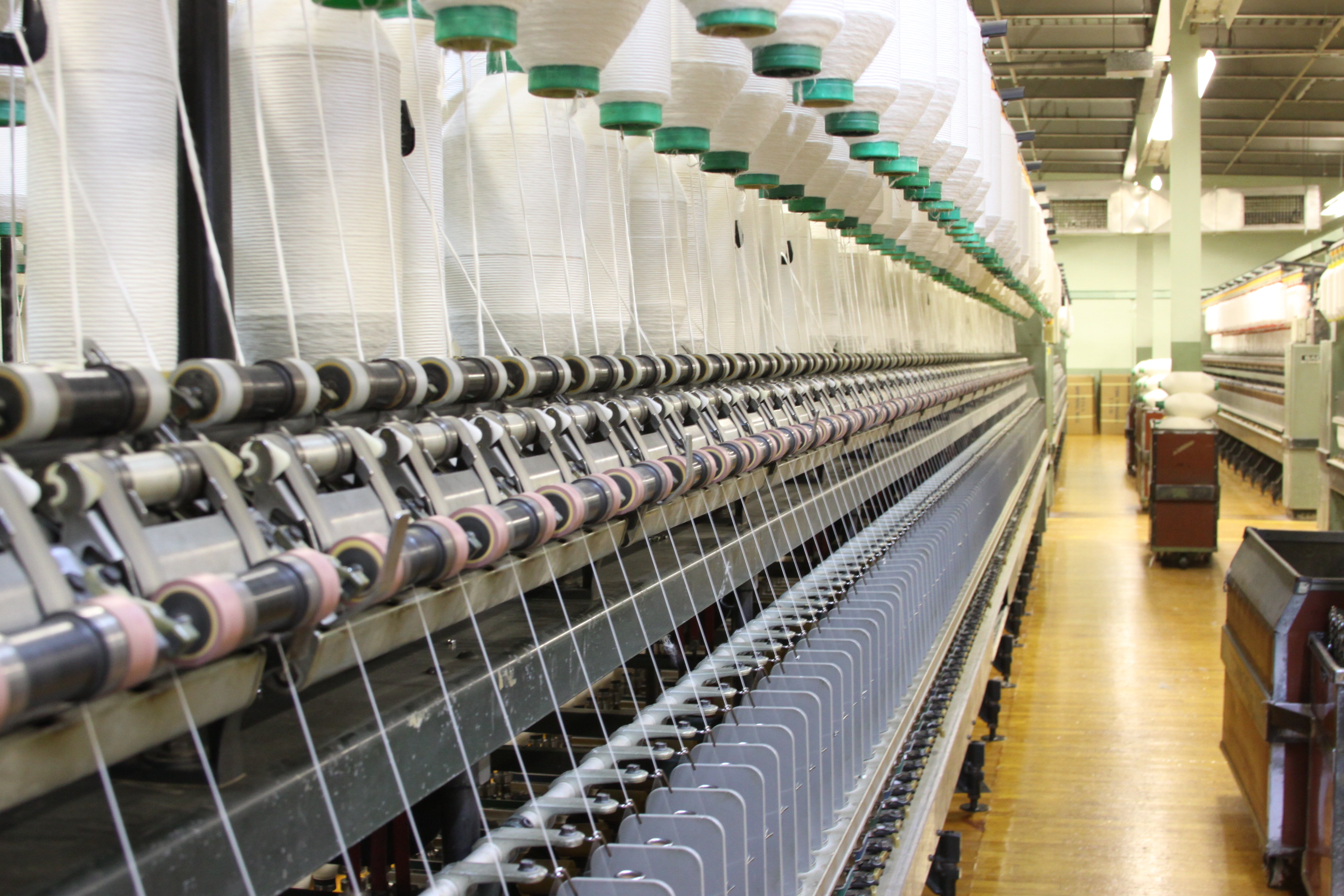
How Stable Are Natural Dyes? University Student Research Helps Us Find Out

Here at Solid State Clothing, we’re always looking for ways to expand what’s possible, redefine sustainable apparel, and manufacture the most eco-friendly t-shirts on the planet.
One of the ways we’re doing that is through natural dyes. We partner with TS Designs to naturally dye our t-shirts in Burlington, NC.
We're exploring how we can include Carolina farmers in the process, giving them a new opportunity for participating in our local supply chain by growing plants we can use in to dye locally-manufactured clothing and textiles.
As we’ve started this journey, some big questions have come up for us around the stability of natural dyes we make from plants.
- How stable are the dyes that will come from these plants? Do they lose their ability to create color when stored?
- How can we store natural dyes to keep them as stable as possible—so we get consistent results with our t-shirts?
Solid State Clothing Collaborates with Elon University
Vivian Krause, a junior biomedical engineering student at Elon University, is helping us answer these questions. Elon University is just a few miles from Solid State Clothing's headquarters in Burlington, NC. We talked with Krause recently about the research she’s doing.
“We're studying how natural materials degrade when they're stored with different methods,” says Krause. “We’ve tested a few different storage methods that are popular in use with dyes and looked at the result on the color after using TS Designs dyeing protocol.”
This project started in the spring of 2022 when Solid State Brand Manager Courtney Lockemer reached out to Elon University for assistance and connected with Dr. Jonathan Su, Assistant Professor of Engineering. Su is mentoring Krause in this research project.
Su is excited to collaborate with TS Designs and Solid State Clothing partly because he has ties to local manufacturing. “My father-in-law works in textiles, so I've heard a lot about the importance of local textile manufacturing,” says Su. “I’m also excited to show students some chemistry techniques they may use in the future. And I think it's fundamentally motivating for students to work on a real-world problem.”
“It's really cool to work with a local company,” Krause adds. “I feel like the experiments and projects I’ve done in the past have always been in the context of school. Being able to branch out and work with a company that’s focused on sustainability has been awesome.”
University Student Crafts Solutions to Real-World Problems
Together, they’re working to solve the real-world problem of stability with natural dyes. “We replicated dyeing and prepping the fabric that TS Designs uses,” Krause explains. “We replicated it on a smaller scale, of course, in our lab at school. Then I tested a few different storage methods using Osage orange, which is in the same family of dye as yams.”
“We tried extracting the Osage at room temperature, then I tried freezing the extracts—a process called lyophilizing, which is like freeze drying,” adds Krause. “Then we also tried putting the extract in an incubator to speed up the degradation process. What we noticed is that keeping the extract in all those methods for a few days or a short period of time didn’t result in much color variability in the dyed cotton fabric.”

A sample of cotton fabric Krause dyed with Osage orange for her research
“Now we're looking into keeping the extract in these different methods over time,” she explains. “Before I left campus for the summer, I extracted a whole bunch of Osage orange and separated it into all those different storage methods. When I get back in a couple of months, we're going to test the rest of dye and see if there's any variability. In short, we're looking at different storage methods over time and seeing how that affects the resulting color of the dye.”
Stay tuned for updates as we learn more about keeping our natural dyes stable. You can check out the amazing color we get from plant dyes in our Solid State naturally dyed line.


